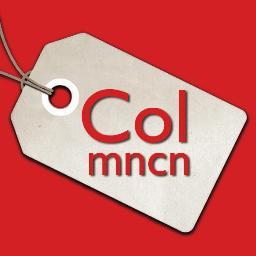#MineralMonday Antonio de Ulloa menciona en 1748 el descubrimiento de la "platina" del río Pinto. Era un término despectivo que aludía al #platino, una plata menos valiosa que se usaba para adulterar el oro de las ricas arenas de los ríos del Chocó #Colombia. #Geología #Minerales
#FolkloreThursday This bug, Fulgora lanternaria, is endemic to Central and South America. Locals call it the machaca and so the saying goes, if you are bitten by one then you must find and marry the nearest woman or else you will surely die. #Archives #Entomology #NatHist #SciArt
Drawings of mammals collected during the expedition to the Pacific (1862-1865). #PacificScientificCommission #Mammals #19thCentury #HistCol #HistSci #SciArt #ScientificIllustration #NatHist #Museums #ComisiónCientíficaPacífico
#250MNCN The director of MNCN #Graells regretted that the study of insect larvae had not generally received as much attention from entomologists as that of their adult stage. In 1850 he described the #metamorphosis of the longhorn beetle (Agapanthia irrorata). #Beetles #SciArt
#BotanicMonday For centuries there was a close relationship between art and science. An example is scientific expeditions in past centuries, in which the artists were essential to show the animals and plants overseas as faithfully as possible. #SciArt #Birds #Butterflies #Museums
#FolkloreThursday The modern practice of keeping #pets originated in European courtly and aristocratic circles between 16th and 18th centuries. The favorite pet of Carlos III was the Balabac chevrotain (Tragulus nigricans) from Philippines. They are the smallest extant ungulates.





















